 |
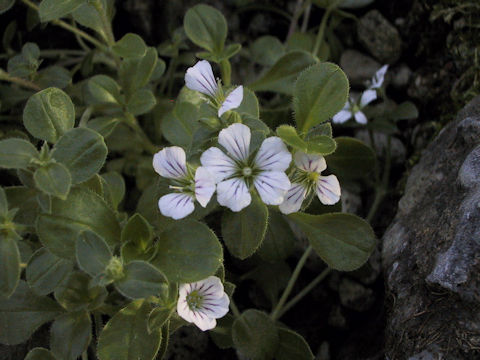

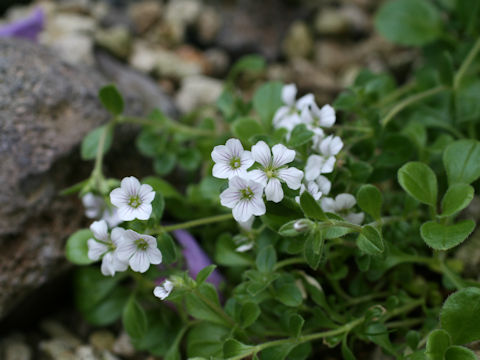

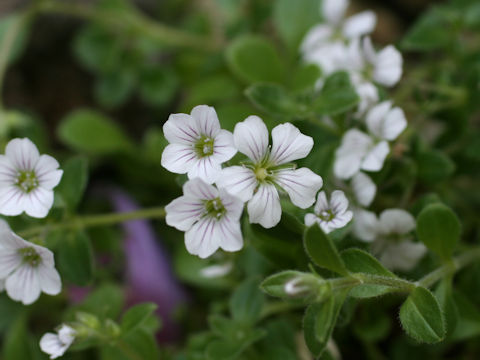

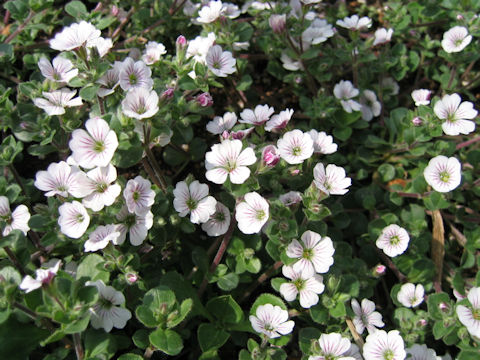

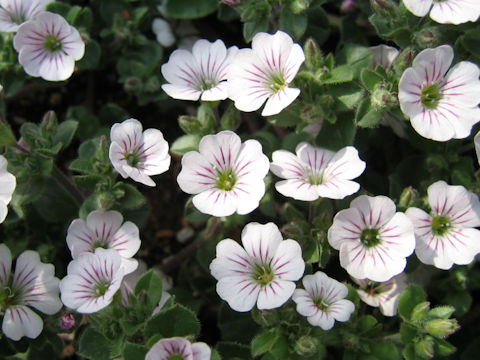

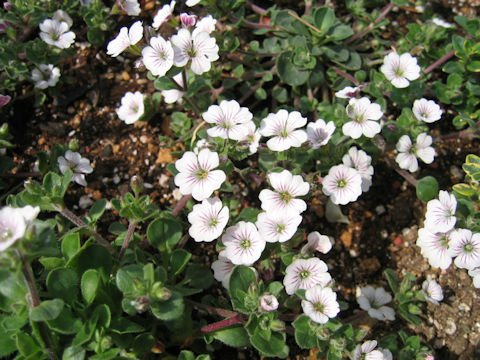

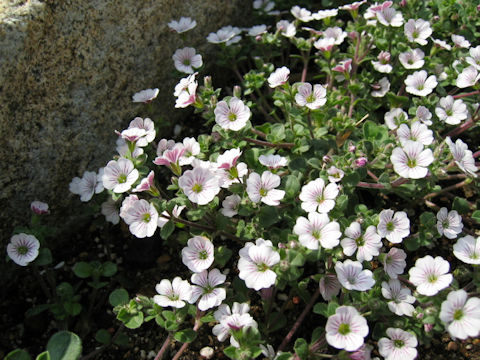

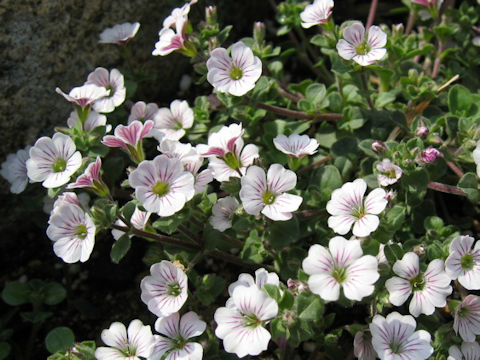

|

|
VbLnû©çlp[AlìÈÉ©¯ÄÌq}R[ª´YÅ·Bu©·Ý»¤iàjvÌÔÅAWQWOO`SOOO[gÌ´âGØÑɶ¦Ü·B³ÍPO`QTZ`ÙÇÅAtÍ}bgóɧWµÜ·BÄÉFÌتüÁ½¢Ôð穹ܷB¿ÈÝɱÌu}e}vÍA]ËãúÉnµ½Æ«Ìu}e}vª]æaµ½àÌÅ·B±Ìê¹É¢ÄÍAqìx¾YmÌuÞ¬¹ñ̤iAgrostemma githagojÌ®¼ª]æaµ½vÆ¢¤àÆA[óÌuÍÜ×}e}iSilene maritimajª]æaµ½vÆ¢¤àª èÜ·BʼÅuJ[ybg©·Ý»¤iJ[ybgàjvÆÄÎêé±Æà èÜ·B¼ÅÍuɨóΪÔijuan er zhuang shi tou huajvB
|

|
ifVRÈJX~\E®Ì½NÅAw¼Í Gypsophila cerastioidesBp¼Í Dwarf baby's breathABaby's breathB
|

|
The Dwarf baby's breath (Gypsophila cerastioides) belongs to Caryophyllaceae (the Carnation family). It is a perennial herb that is native to the Himalayan foothills from Sikkim to Nepal and Sichuan, China. It is a member of the "Annual baby's breath" family and grows in grasslands and thickets at altitudes between 2800 and 4000 m. It is 10 to 25 cm tall and has dense mat-like leaves. It produces white flowers with purple streaks in summer. Incidentally, the word "mantema" is a corruption of "manteman", which was used when the plant was introduced to Japan in the late Edo period (1603-1868). There are two theories as to the origin of this word: Dr. Tomitaro Makino's theory that it is a transcription of the genus name "Corn cockle" (Agrostemma githago), and Tadashi Fukatsu's theory that it is a transcription of "Sea campion" (Silene maritima). It is also known as "J[ybgà" (carpet annual baby's breath) in Japan. In Chinese, it is called "ɨóΪÔ" (juan er zhuang shi tou hua).
|

|
[ã] åãsß©æuçâ±ÌÔÙvÉÄA2002N1214úBeB
[PEQ] ¯ãÉÄA2005N0907úBeB
[R`UEº] ê§l¼sºù¬ul¼ÎÔvÉÄA2004N0411úBeB
|









